Alternative experiences in the fields of globalised viticulture: Rueda PDO, La Seca (Valladolid)
DOI: 10.5281/zenodo.7607961
Model of inland and coastal plains and countryside
Authors: Eugenio Baraja Rodríguez, Marta Martínez Arnáiz and Daniel Herrero Luque.
Overview of SAMUTER
The wine-growing territory covered by the Rueda DO, Castilla y León, Spain, is the archetype of the productive, modern and globalised wine-growing in the Douro region. Specialising in white wines, its Verdejo variety has gained wide international recognition since the 1980s, justifying the expansion of vineyards in the central plains of the Douro, particularly in the southern countryside. A strategy based on taking advantage of economies of scale and exploiting a recognised brand name to position themselves in the market has ended up generating a homogeneous landscape, with a productive and industrial profile. However, an alternative vision of winemaking that combines territorial anchoring (PDO) and product differentiation (unique wines) is increasingly gaining strength. As a way of adapting to new social and market values, practices are being developed that move away from the productivist model in favour of sustainability, multifunctionality and the uniqueness of certain payments and forms of production.
1. Environmental sustainability
The ecological conditions in which viticulture takes place are key to the quality and projection of the wines of the Rueda DO. Set on the sandy terraces and countryside south of the Duero (700-870 m), the vineyards are exposed to the rigours of an inland Mediterranean climate, which combines long, cold winters with relatively short, arid summers. It is an entirely humanised environment in which only certain areas (riverbanks and wetlands) are considered Special Areas of Conservation and Special Protection Areas for Birds. Among the practices aimed at the environmental sustainability of the vineyards are the maintenance of plant cover between the vines, the reintegration of pruning waste, attention to animal biodiversity and the limitation of irrigation and the ecological suitability of treatments. The use of old vines in less productive but high quality vineyards, as well as the maintenance of traditional planting frames and training systems, bring this viticulture closer to the germinal patterns of post-productivism. The practices in the wineries that are committed to these lines emphasise the use of their own yeasts or the opposition to adding chemical components.
2. Territoriality and agri-environmental policies
The territorial area where these vineyards are developed is perfectly delimited in the Rueda DO regulations, and includes a total of 74 municipalities in the provinces of Valladolid, Segovia and Ávila. After an accelerated process of expansion, the vineyards under this quality label reached 20,724 ha in 2022, mostly whites, where the verdeja variety stands out. There are also 71 wineries, of different sizes and legal status. Within this framework, there is a growing interest in the recognition of the uniqueness of the different pagos, particularly in those areas where the oldest vineyards are located and the continuity of the viticultural function is more pronounced. This is the case in certain areas of Segovia, but also in the municipalities where the concentration is greatest: La Seca, Serrada and Rueda (Valladolid).
3. Relations between production, processing, marketing and consumption
It is a highly integrated and regulated production system, but complex and diverse, with multiple actors involved. A diversity that has become increasingly evident as the wines of the Rueda DO have acquired a strong commercial projection, both in national and international markets. Apart from a few singular wineries, most of the grapes obtained by traditional winegrowers were produced in a small number of cooperative wineries that marketed their wines in bulk. However, since the 1980s, the number of wineries has grown sharply. The cooperatives remain unique, but the number of private wineries that buy grapes from winegrowers or have their own vineyards has multiplied. These initiatives come from the local and regional environment, but also from other national and international wine-growing areas. With them, the market has become global, with a growing proportion of wine oriented towards export. In addition to the intrinsic aspects of the wine sector, another recent issue has been added: the enhancement of the extra-productive dimensions of the vineyard and the winery. Culture, landscape, gastronomy… are aspects that are opening the way for tourism and the multifunctionality of the territory.
4. Good governance
Multifunctionality has given greater complexity to the Rueda AOC’s wine-growing agrosystem. The issues strictly linked to the regulation of viticultural practices (varieties, production, planting frameworks, cultural practices, etc.) and winemaking (types, brands, etc.) are included in the DO regulations (2008 and 2017). Some wineries do not always agree with the constraints imposed by the regulatory council, as they understand that unique wines must be an expression of the land, but also represent the particularities of their author. This is why there are wines on the market that are produced within the DO without being labelled, or wineries that operate outside the DO. On the other hand, the presence of actors with interests in tourism (gastronomy, landscapes, routes, etc.) and the great potential of these extra-productive values explain the involvement of local governments (municipalities, provincial councils) and Local Action Groups, highlighting the need to strengthen the channels of cooperation, participation and governance.
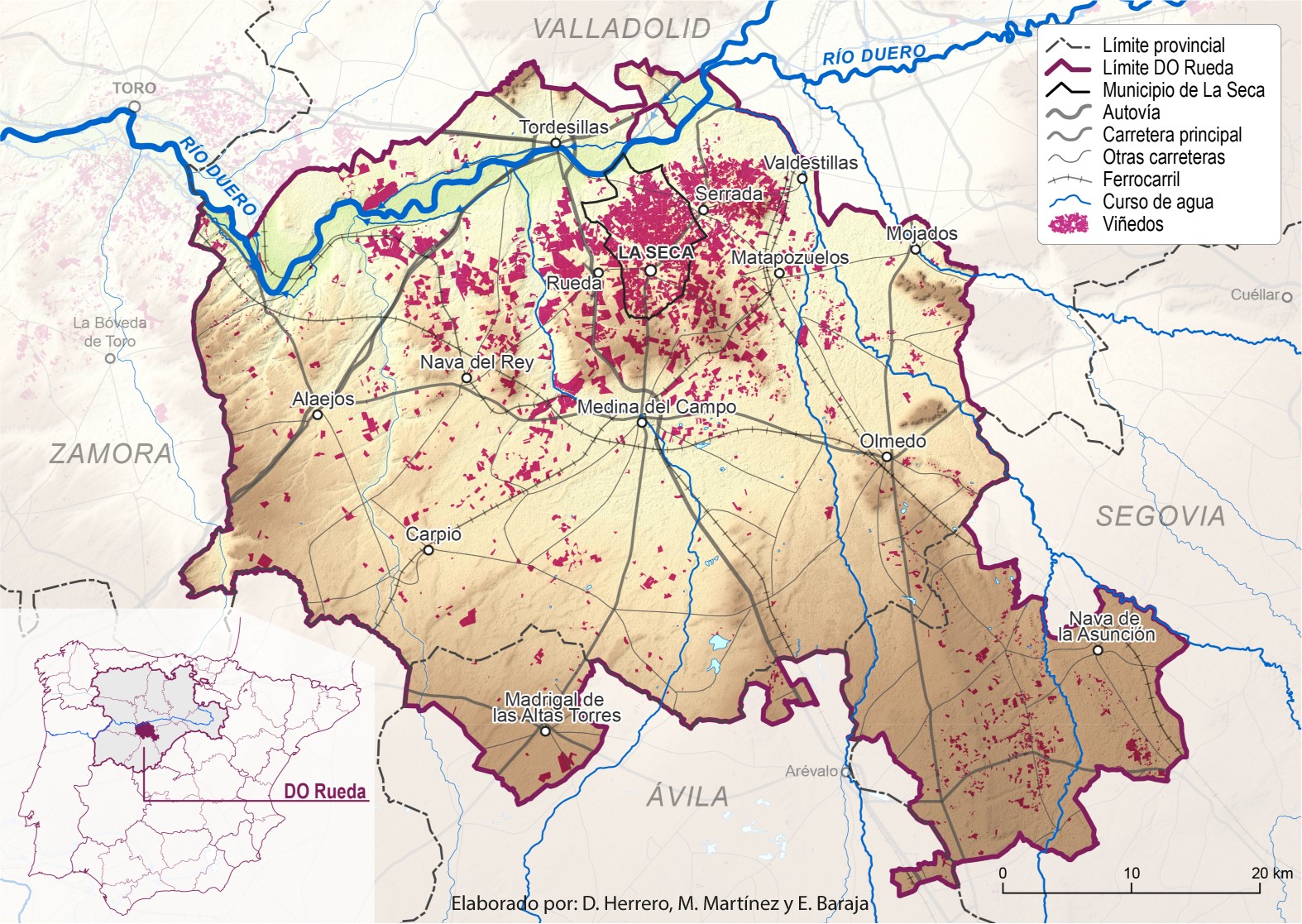

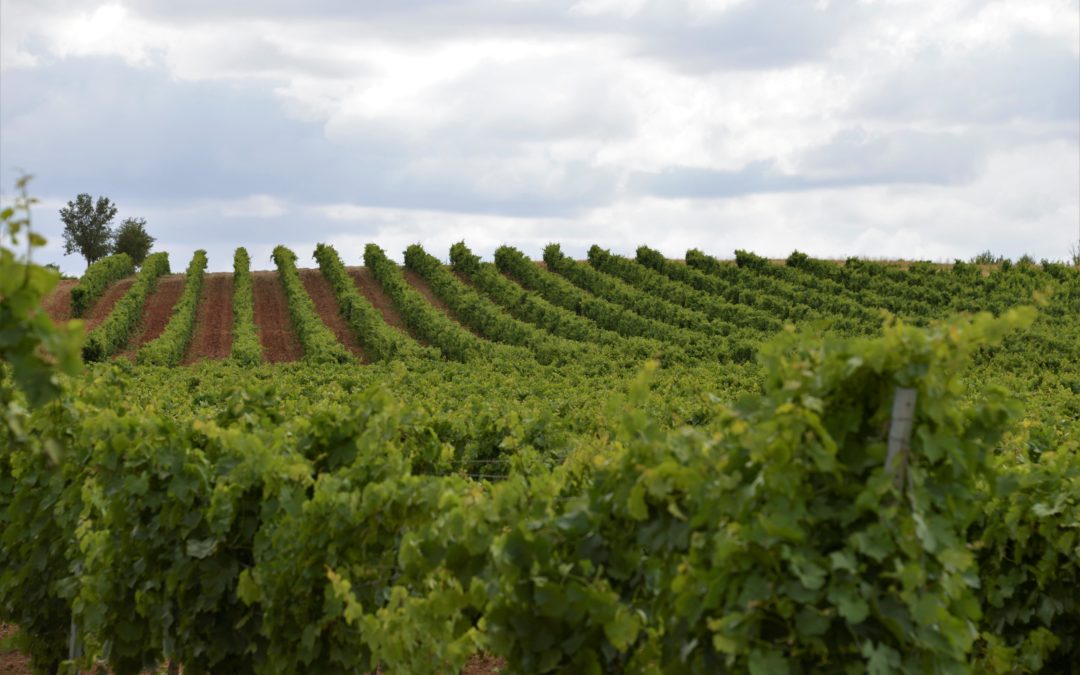
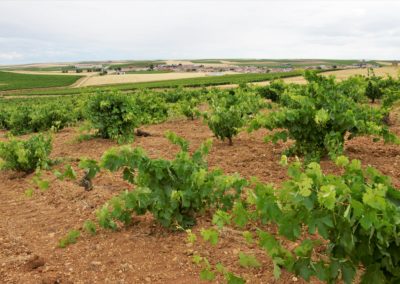
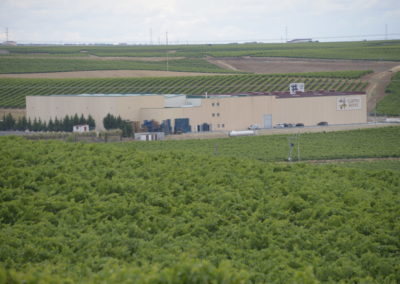
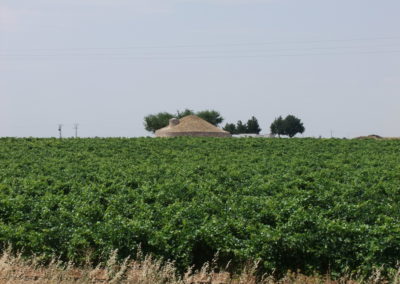
Recent Comments